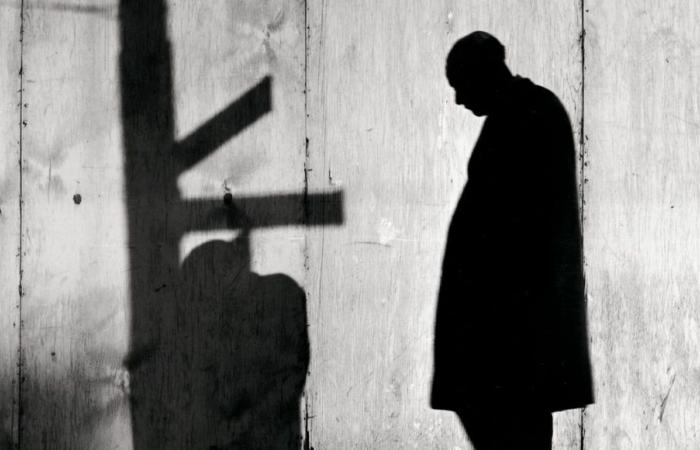After we discovers the city of Nova Gorica in Slovenia which will be the capital of culture in 2025 Alongside her Italian neighbour Gorizia (Italy), Marie Sorbier continues her grand Tour by taking us to visit the new BAL exhibition: Yasuhiro Ishimoto, lines and bodies. The latter is an opportunity to discover the avant-garde and oh-so-poetic work of this Japanese photographer little known in France who lived between the United States and his native country throughout the 20th century.
The biography of Yasuhiro Ishimoto is also important to know in order to fully understand and understand his photographic work. He was born in 1921 in San Francisco to Japanese parents who decided a few years later to return to live in Japan. But the outbreak of the Second World War convinced them to send their son back to the United States where he finished his studies at the Institute of Design in Chicago, a school in the tradition of the German Bauhaus. He returned to his native country in the 1950s, imbued with his fascination for modernism, lines, geometric compositions and reality. So many elements characterize his work which will find a deep echo in Japan and which he will continue to experiment with throughout his long career.
The Grand Tour Listen later
Lecture listen
This exhibition also focuses on the first decades of Yasuhiro Ishimoto’s work in the 1940s/1950s. We can thus admire the photographs he took in Chicago of the legs of people in swimsuits waiting at a counter. This series soberly titled Beach perfectly demonstrates his talent and the modernity of his photography, as Diane Dufour, director of the BAL, explains: “The lines formed by the succession of legs constitute a sort of musicality. It’s a bit as if he had written a score simply with the legs of these beachgoers. It’s very beautiful, it’s very abstract, it’s is very poetic, it is very unexpected because photography after the war is a more documentary photography, more classic, very empathetic, which wants to document, which wants to be a witness, which wants to report Now, here, Ishimoto, from. through his more abstract Bauhaus training, goes straight to abstraction. It’s as if he’s making a short circuit in the history of photography. He’s not trying to say something, he’s not. didactic, he does not make a speech, he does not try, as in a report, to show the ins and outs of a situation or an event. He is directly in touch with our reality, a bit like in. Japanese Buddhism is in the moment and he makes us experience this moment, he shares it with us.”
Culture Lunches Listen later
Lecture listen 27 min






